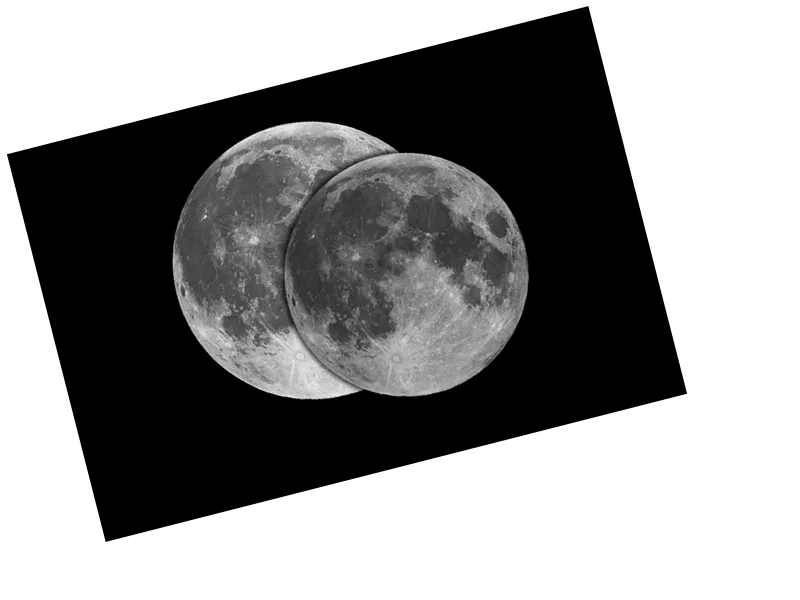Scientists have confirmed the existence of a considerable-sized cave on the Moon, near the historic Apollo 11 landing site in the Sea of Tranquility. This discovery, made by an international team of researchers, provides the first direct evidence of lunar caves formed by volcanic processes. These caves could serve as crucial shelters for astronauts and robotic explorers, protecting them from the Moon's harsh environment, including powerful radiation and extreme temperatures.
The team, led by Italian researchers, used archival radar measurements from NASA's Lunar Reconnaissance Orbiter to identify a pit in Mare Tranquillitatis. The radar data revealed an underground cavity at a depth of 130 to 170 meters, measuring at least 45 meters wide and between 30 and 80 meters long. This cave is likely part of a longer tubular cavity formed by lava, suggesting the presence of more undiscovered caves.
Lunar caves have been a subject of scientific curiosity for over 50 years. The new findings, published in the journal Nature Astronomy, offer exciting possibilities for future lunar exploration. The stable thermal conditions within these caves, averaging around 17 degrees Celsius, make them ideal refuges from the extreme temperatures on the Moon's surface, which can range from 121 degrees Celsius during the day to -133 degrees Celsius at night.
The discovery of lunar caves could significantly impact future space missions. These natural shelters could protect astronauts and rovers from cosmic rays, solar radiation, and micrometeorite impacts, facilitating long-term human presence on the Moon. Additionally, the rocks and materials within the caves, unaltered by surface conditions, could provide valuable insights into the Moon's volcanic history and evolution.
The researchers emphasize the need for creative solutions to explore these caves further. Potential methods include using rock climbing equipment or robotic cranes to descend into the pits. The European Space Agency is currently exploring such technologies. As scientists continue to study these underground structures, they anticipate more surprising discoveries about the Moon's volcanic plumbing system and its potential for supporting future lunar missions.






